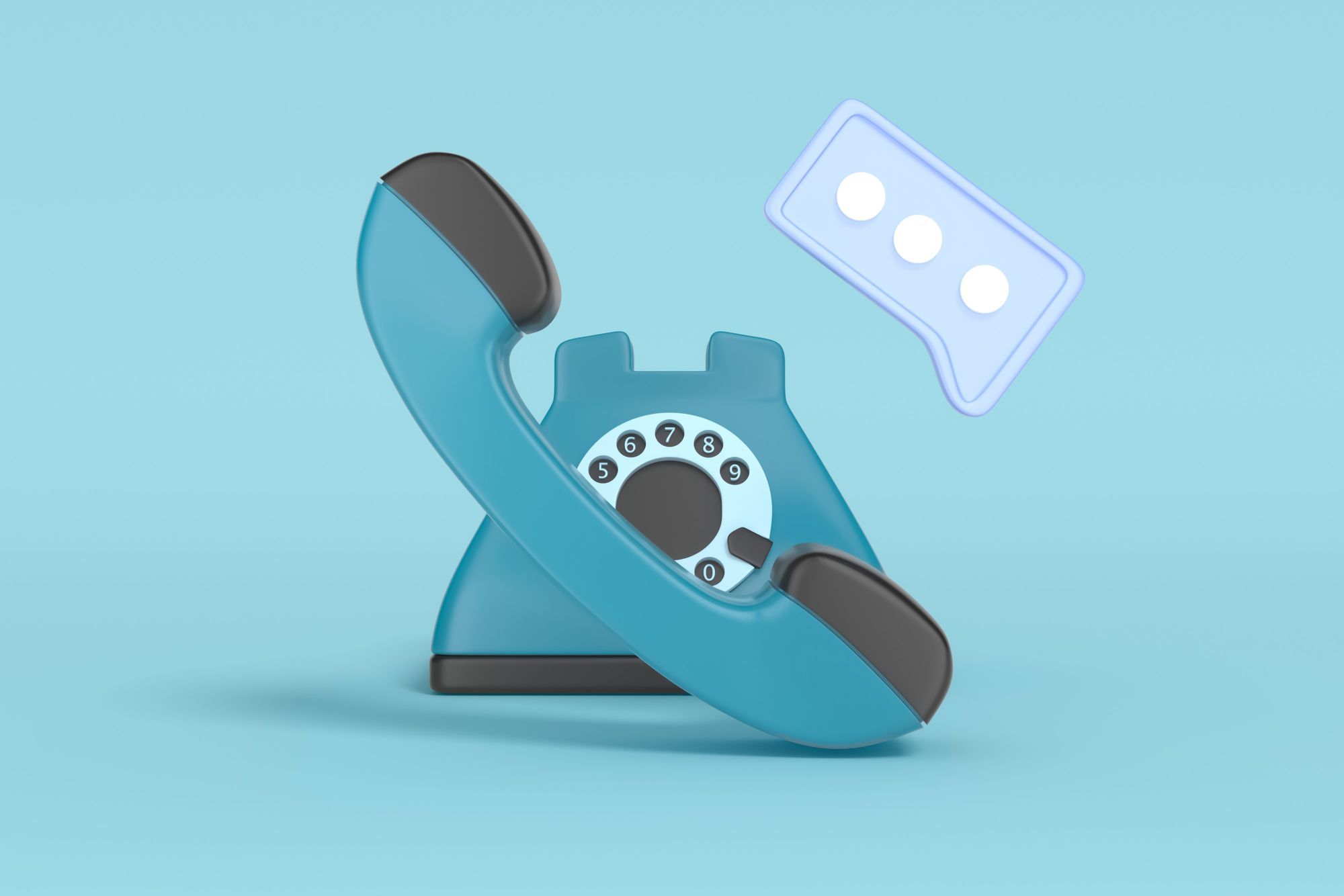The Right Balance of On-Hold Time for Exceptional Customer Service.
Customers expect quick and efficient service from businesses in today's fast-paced world. However, customers may sometimes need to be placed on hold when contacting a business. This can lead to frustration and impact customer satisfaction. Long wait times can impact both NPS and CSAT, as customers are more likely to rate their experience negatively if they are left on hold for a significant amount of time. Measuring NPS and CSAT can provide valuable insights into how on-hold time is impacting the customer experience. By tracking these metrics over time and identifying trends, businesses can make data-driven decisions to improve the customer experience and maximize customer satisfaction.
Businesses need to find the right balance of on-hold time to provide exceptional customer service and maximize customer satisfaction.
Why is on-hold time important?
On-hold time can make or break a customer's experience with a business. Long wait times can lead to frustration, negative reviews, and a decrease in customer satisfaction. On the other hand, efficient on-hold time can improve customer satisfaction.

How can businesses find the right balance of on-hold time?
- Set realistic expectations: Customers appreciate transparency. Businesses should provide an estimated wait time upfront to manage expectations. This can be done through automated messages or by a live agent.
- Offer alternative communication channels: Some customers may prefer to contact businesses through alternative channels such as email, chat, or social media. Offering these channels can help reduce on-hold time and improve customer satisfaction.
- Provide updates: Customers appreciate updates on their status in the queue. Businesses should provide periodic updates on the wait time and their position in the queue.
- Train agents: Frontline agents play a critical role in managing on-hold time. Businesses should train agents to provide efficient service and effectively manage on-hold time.
- Monitor wait times: Businesses should track on-hold time and identify trends. This can help businesses optimize their staffing and reduce wait times during peak hours.
- Use technology: Businesses can use technology to optimize on-hold time. For example, businesses can use callback technology to allow customers to schedule a callback when an agent is available.
What is the right on-hold time?
A good on-hold time is short enough to prevent customers from becoming frustrated, while still allowing enough time for their query or request to be addressed satisfactorily. Generally, customers do not like to be put on hold for an extended period and may become impatient or even hang up if they are left waiting for too long.
Aim for a hold time of fewer than two minutes whenever possible. If you anticipate that the hold time may be longer, provide periodic updates to let the customer know how much longer they can expect to wait. This can help to alleviate any frustration or impatience they may be feeling.
It's important to note that the appropriate hold time may vary depending on the industry and the nature of the customer's query or request. For example, customers may be more patient if they are calling a technical support hotline to resolve a complex issue than they would be if they were calling to place a food order at a restaurant. In general, however, it's best to keep hold times as short as possible to ensure a positive customer experience.

Finding the right balance of on-hold time is essential for businesses to provide exceptional customer service and maximize customer satisfaction. By setting realistic expectations, offering alternative communication channels, providing updates, training agents, monitoring wait times, and using technology, businesses can optimize on-hold time and improve the customer experience. Remember, happy customers are more likely to return, refer others, and spend more money with your business. One way to achieve this is by utilizing tools such as post-interaction feedback surveys, which can provide valuable insights into your customers' experiences and help you identify areas where you can improve.
Feebak for Genesys Cloud Organizations is one such tool that can assist you in tracking customer satisfaction levels and enhancing your customer service.
By regularly collecting feedback from your customers and implementing changes based on their input, you can build stronger relationships with them and ensure their happiness and loyalty in the long run. This can not only help you retain existing customers but also attract new ones by showing that you value their opinions and are committed to delivering a high level of service.


